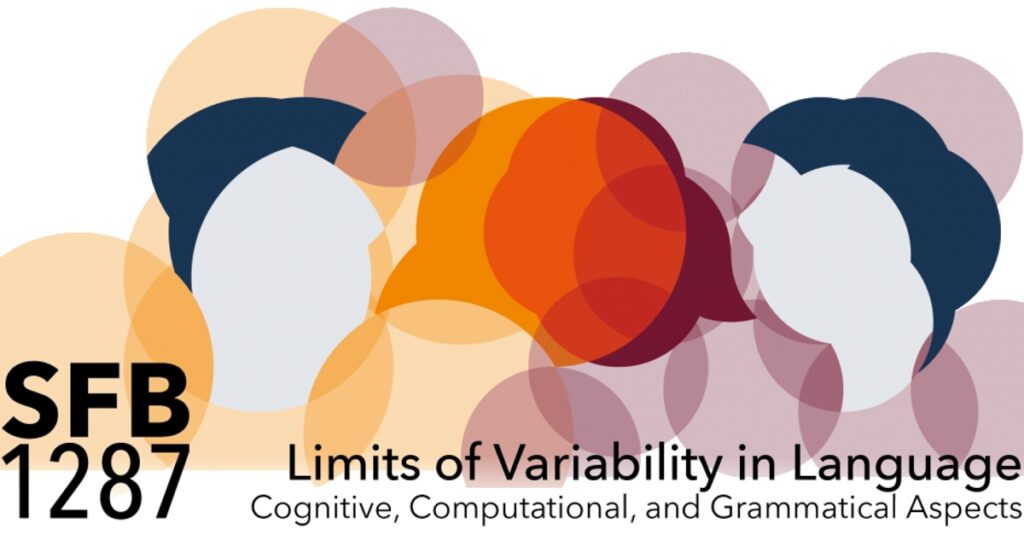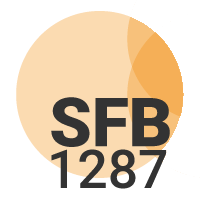Overview
The language faculty forms part of the cognitive system, and as such the use of language is constrained by cognitive limitations of the individual language user. At the same time, language is a tool for social interaction and communication, and as such must provide flexible but efficient mechanisms which enable the language users to achieve communicative success with a variety of interlocutors. The way people use language therefore exhibits a high degree of variability at all levels of linguistic description. At the same time, some linguistic features seem to be more stable, or robust, than others. By exploring the systematicity and the limits of variability in linguistic behaviours, the main focus of the CRC will lie on identifying the constraints of the underlying linguistic system. The CRC characterises variability in language as the range of different possible linguistic behaviours that are available to a language user, a language community, or in specific languages at any linguistic level.

The limits of variability in linguistic behaviour become evident when a linguistic behaviour is relatively consistent, that is, resistant to influences of cognitive factors, social situations, conventions, and change, and/or when it shows relative consistency across and within languages, language communities, and individuals. We have shown that variability is not just reducible to random noise but provides an important source of information to explain and predict linguistic behaviour. Furthermore, we have found that variability in the input can be a necessary precondition for the establishment of abstract mental representations.
At the same time, we have found instances of “hidden variability”, that is, consistency at the surface that arises from different sources in different languages. By modelling the factors influencing linguistic behaviours, projects in the CRC are contributing to a better understanding of the underlying mental representations and processing architectures in individual language users, as well as of the grammatical options available in languages and in specific varieties of languages, and options shared by particular subgroups of languages users. The application of neuro-computational models provides systematic theoretical explanations for variability and consistency in the linguistic behaviour of human language users, also from machine learning perspectives. We are working jointly on several linguistic phenomena, from various perspectives, in a broad range of populations, and in different language families, to uncover the dual nature of language as part of the constrained cognitive system and as a flexible tool for interaction and communication to advance linguistic, psycho-/neurolinguistic, as well as computational and neural network models of the linguistic system at large.
